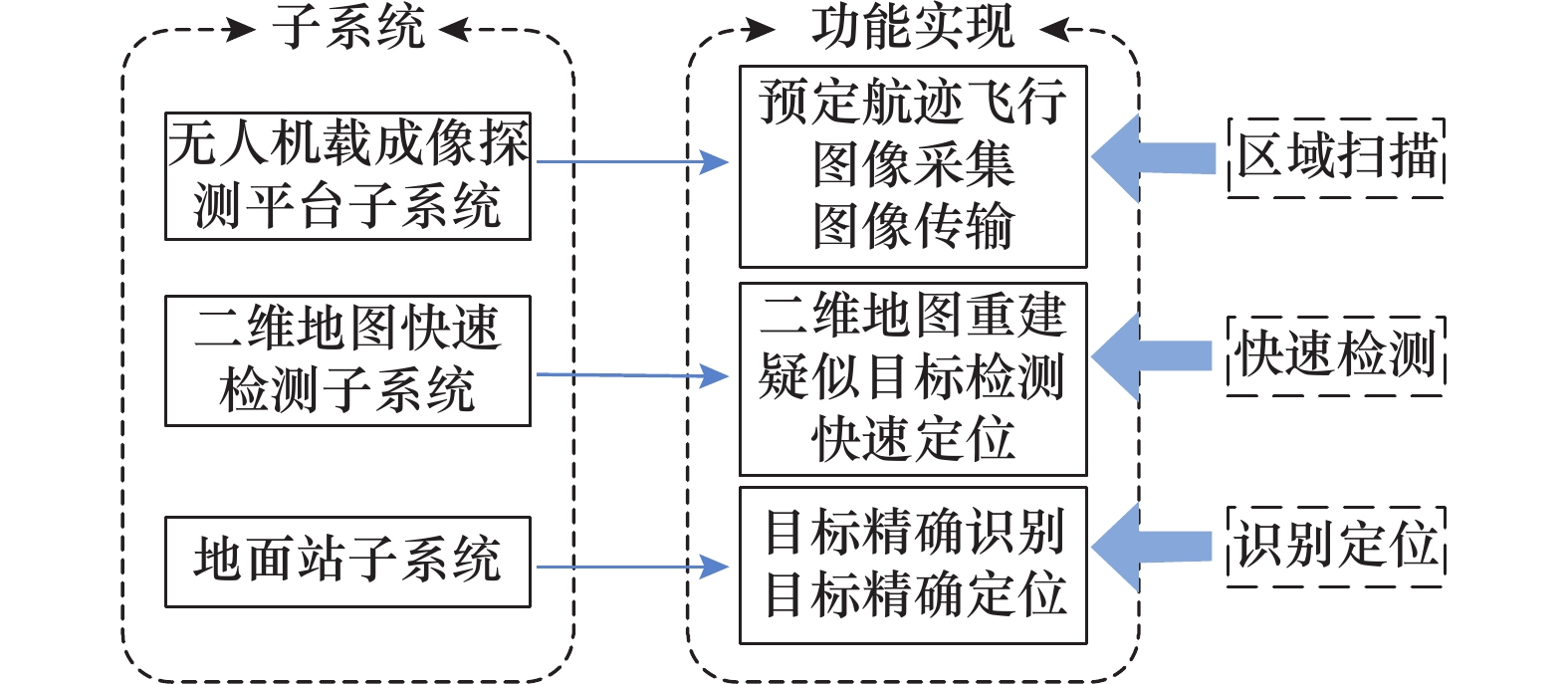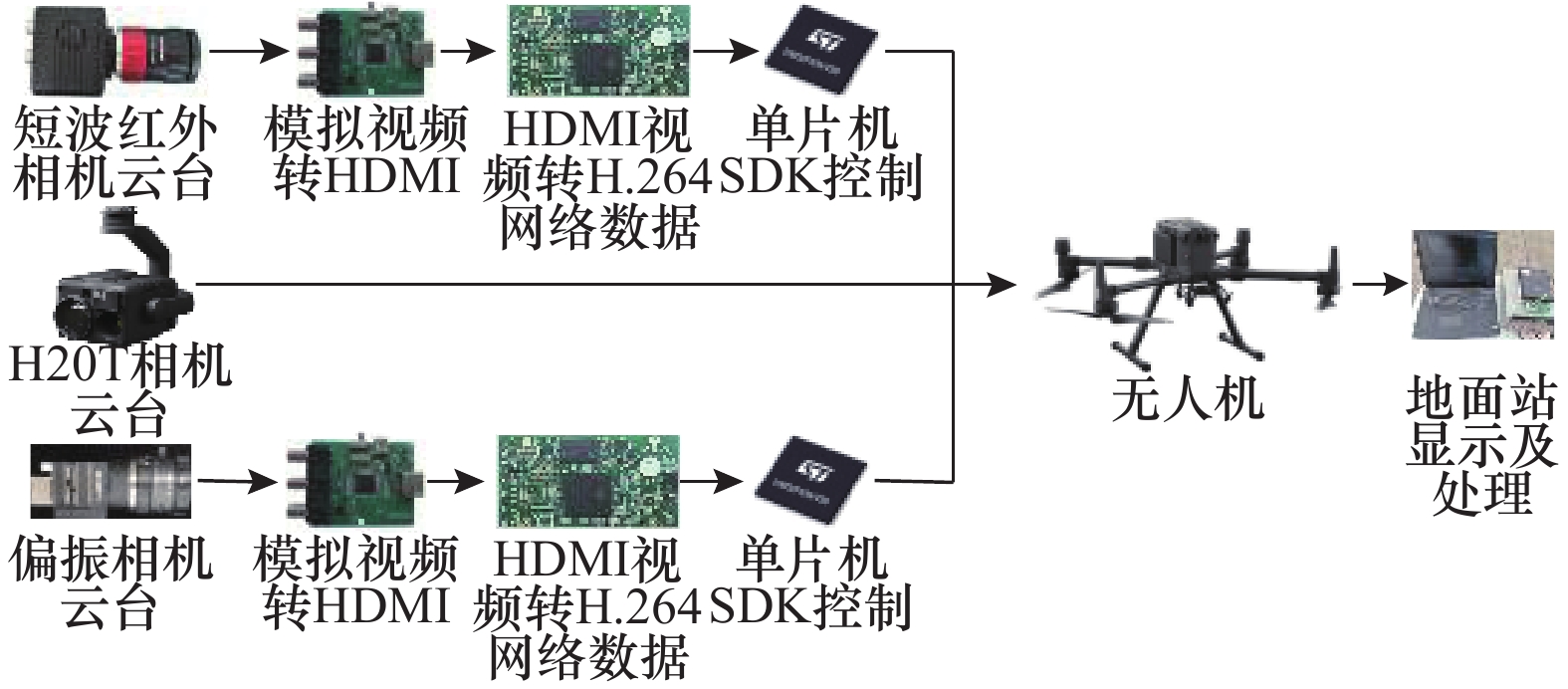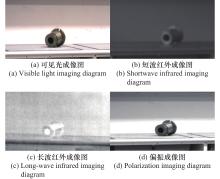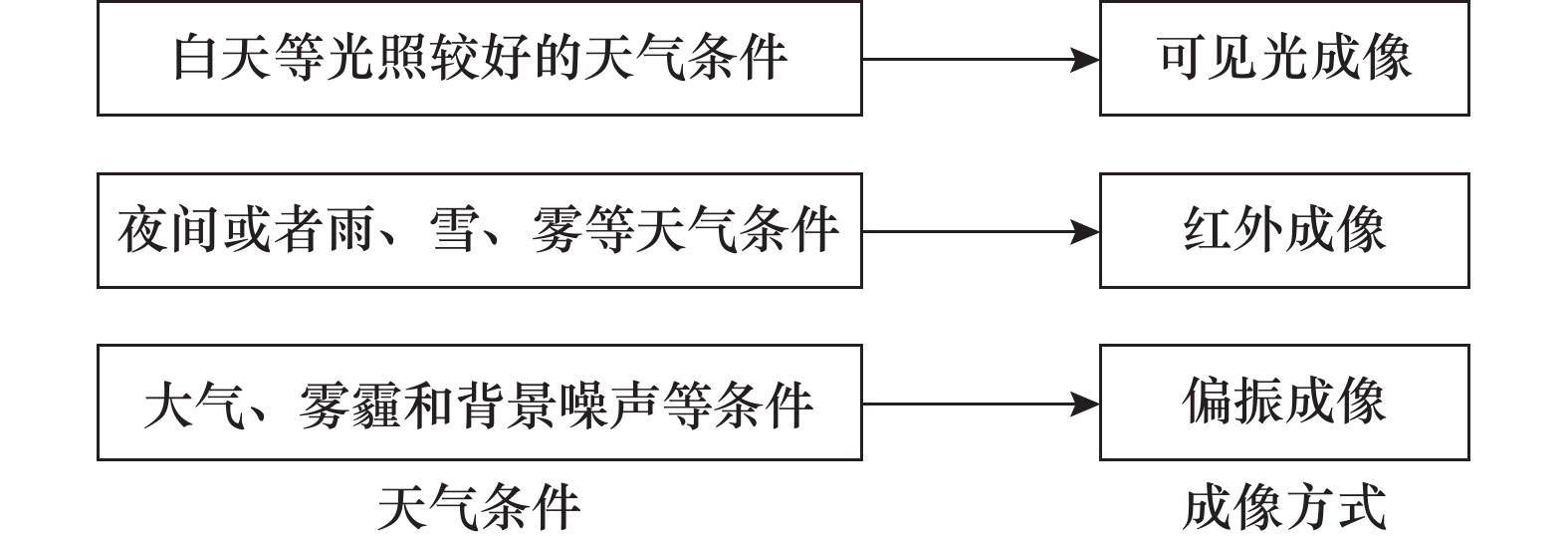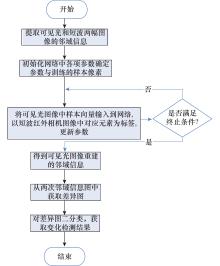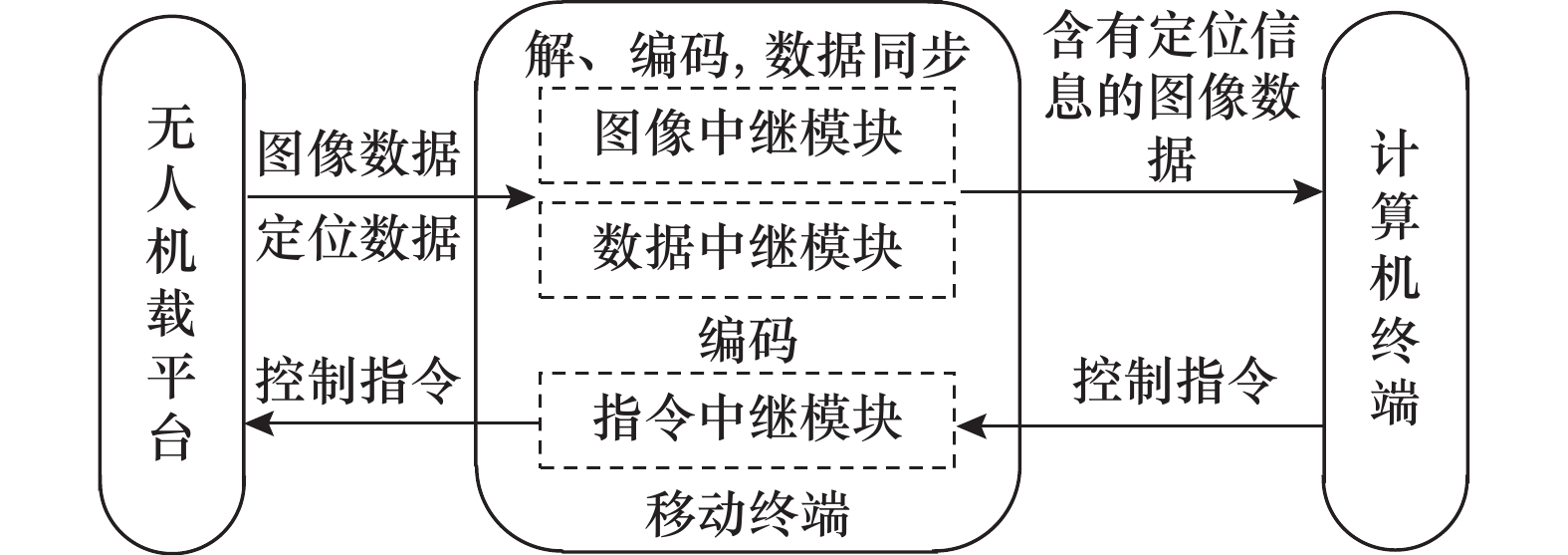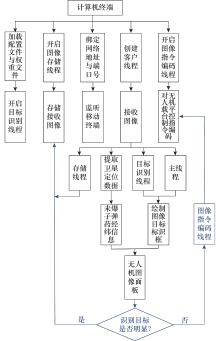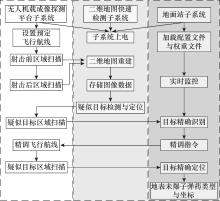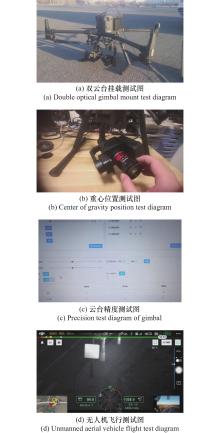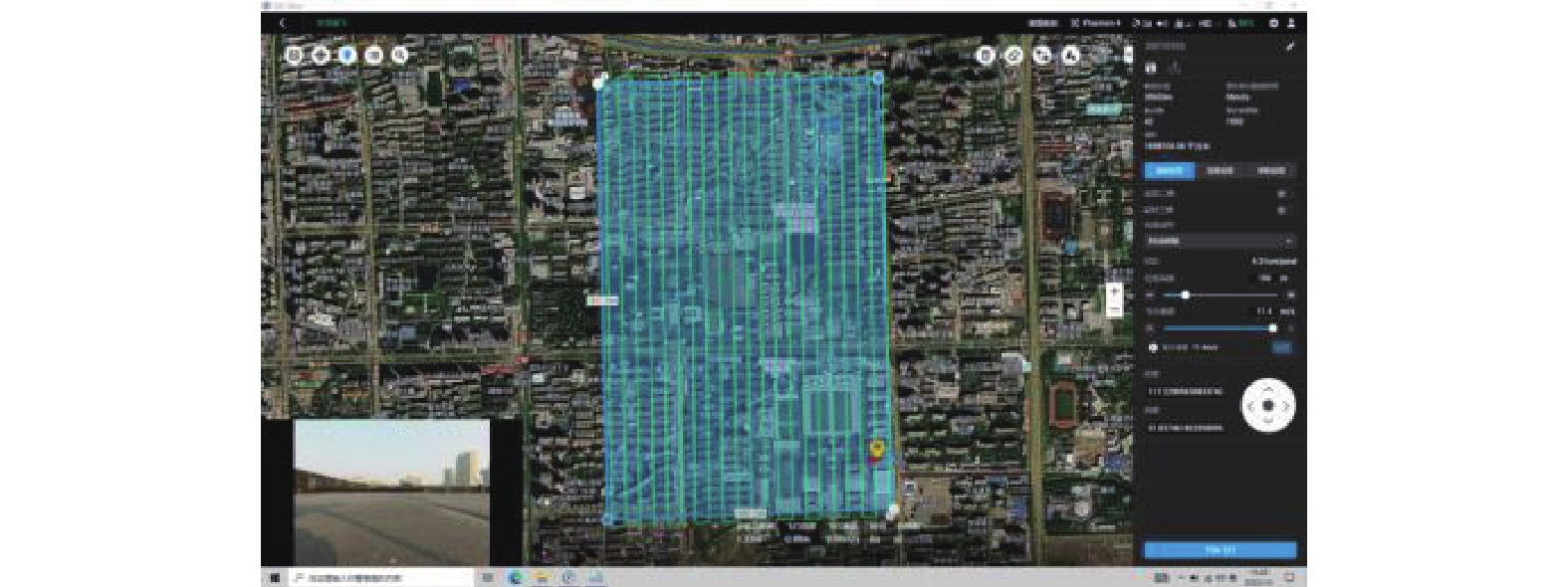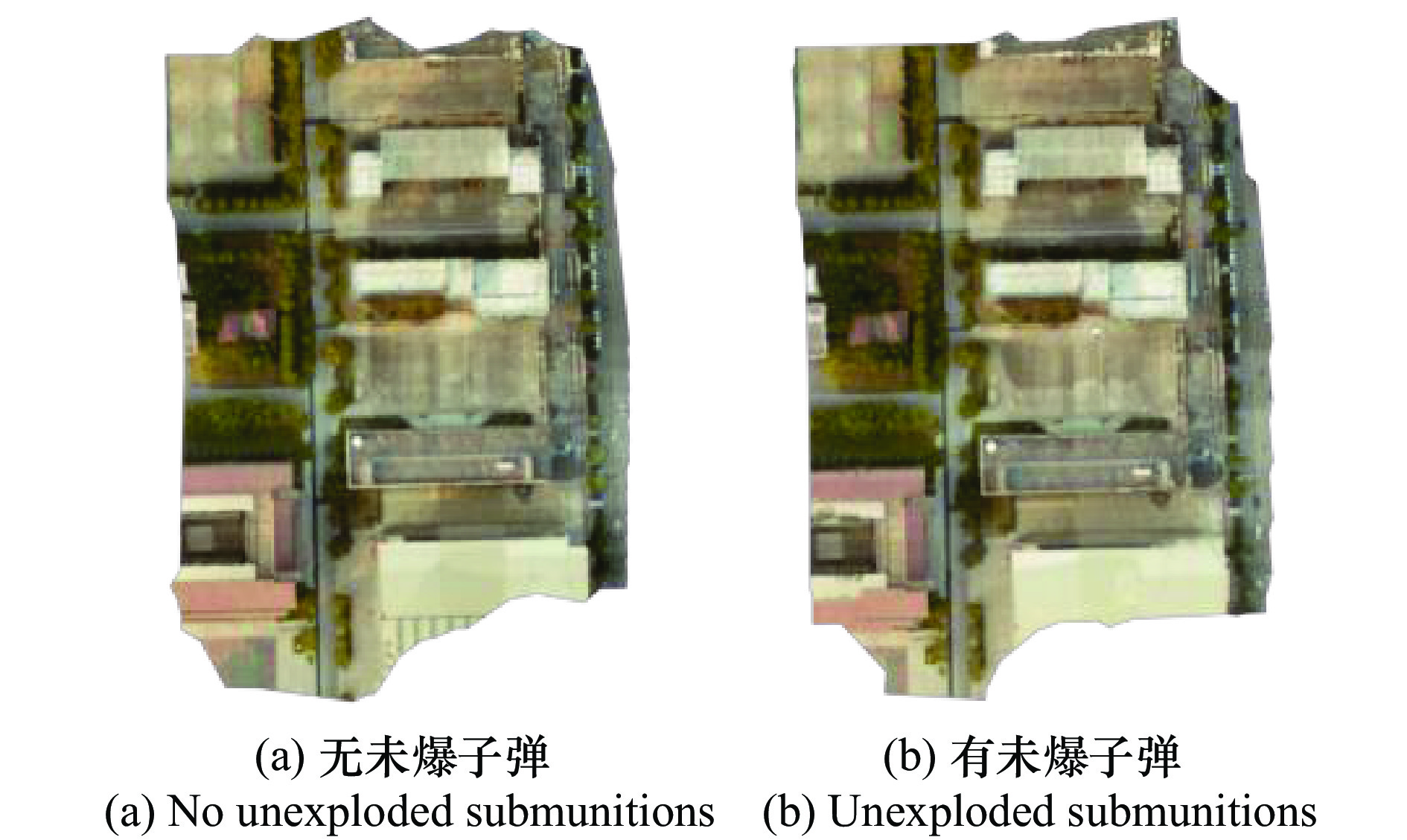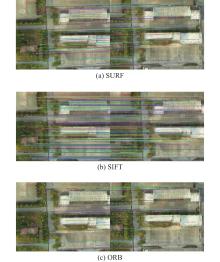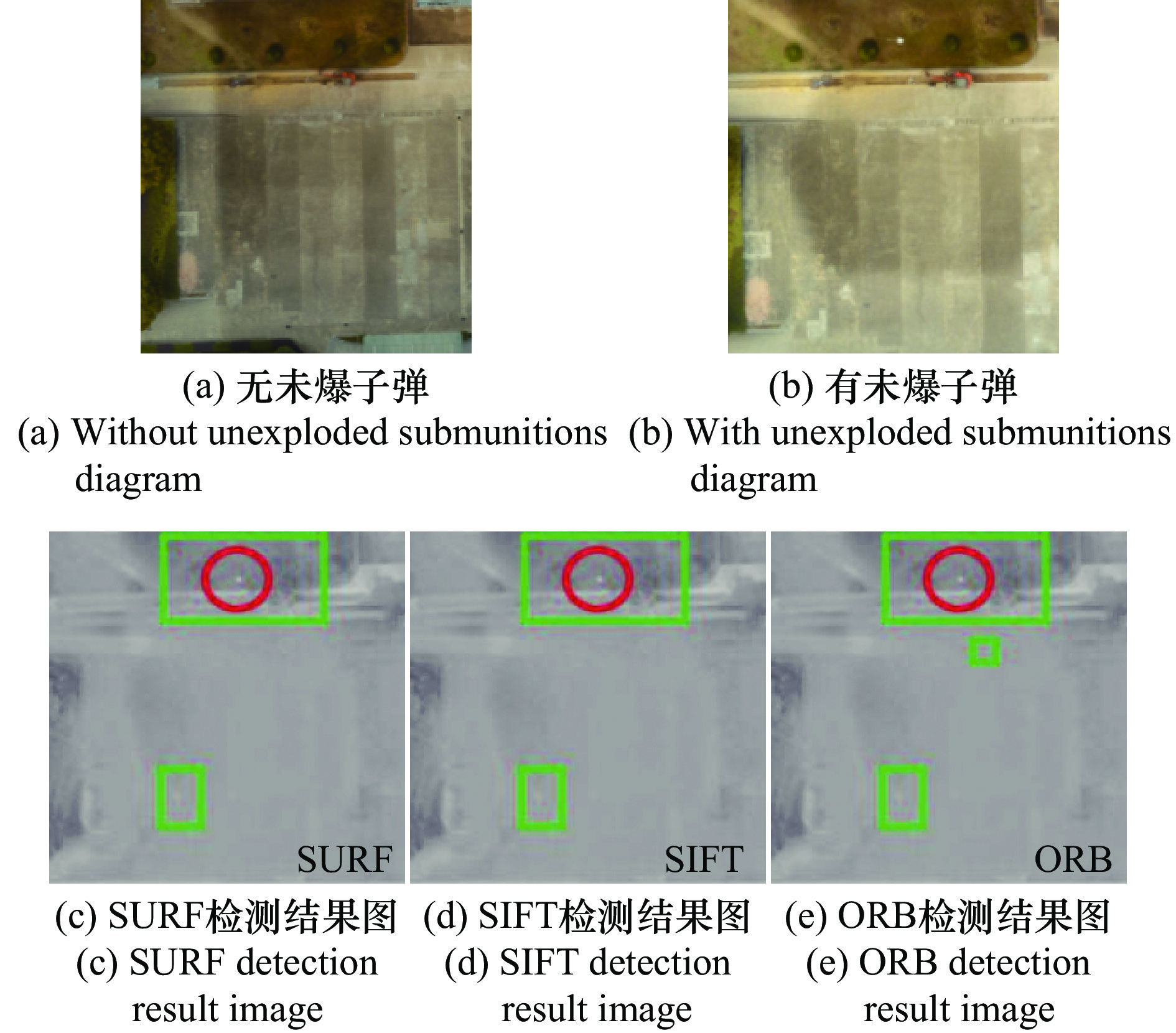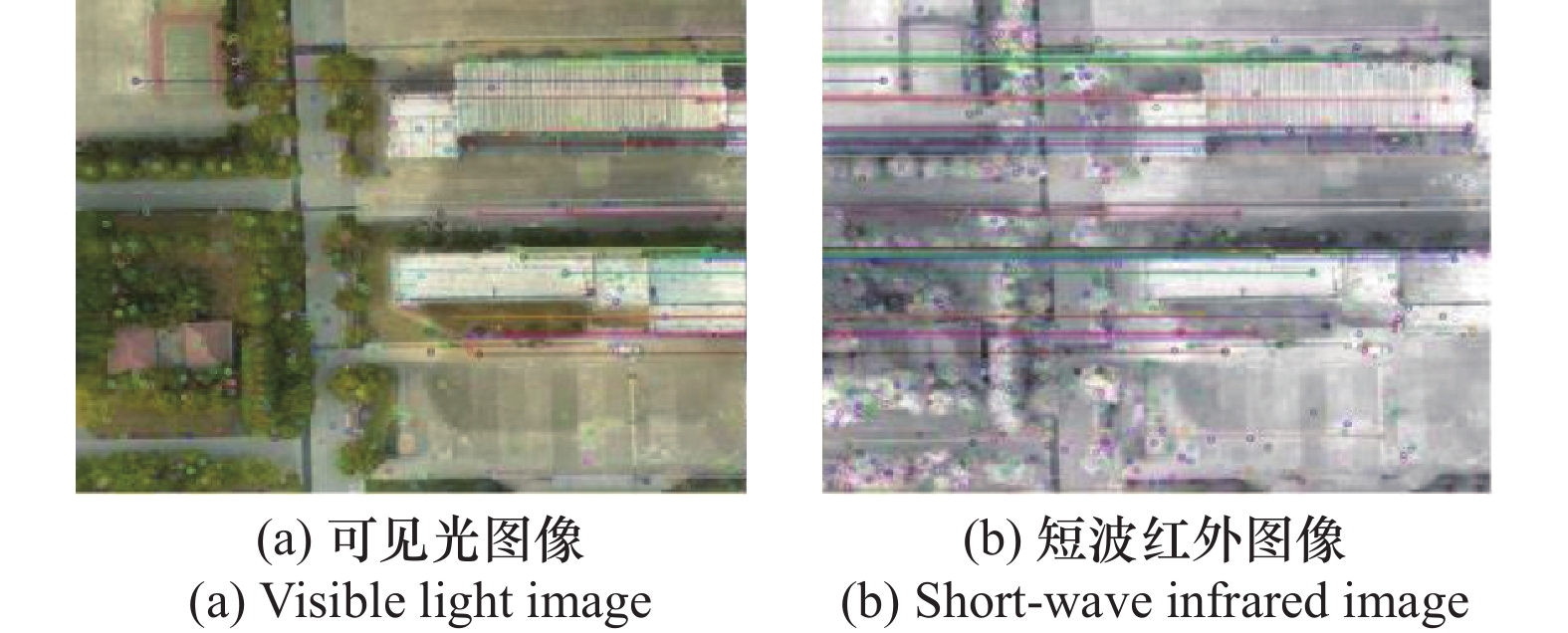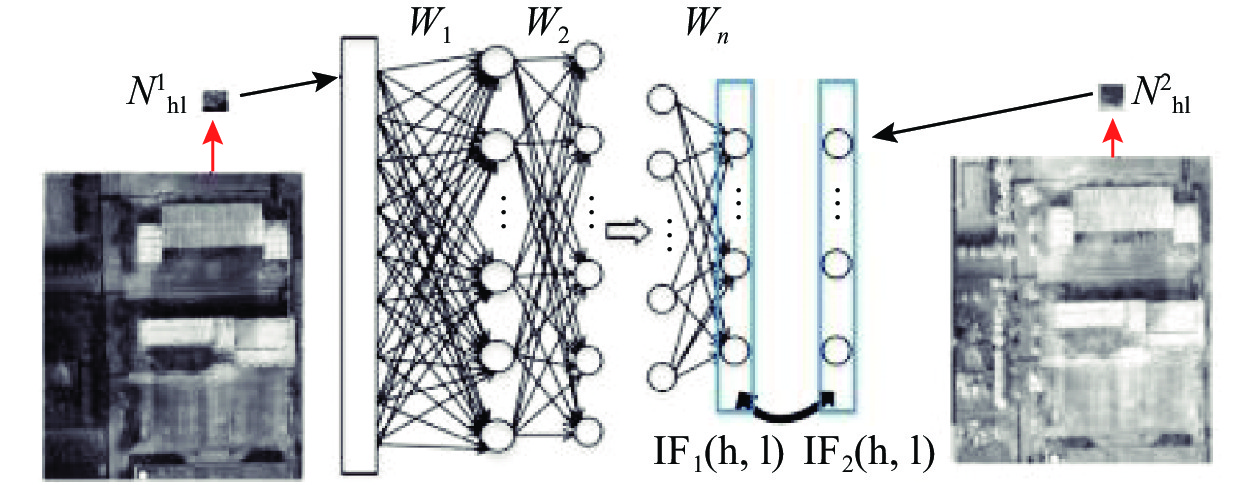Systems Engineering and Electronics ›› 2025, Vol. 47 ›› Issue (8): 2639-2645.doi: 10.12305/j.issn.1001-506X.2025.08.21
• Systems Engineering • Previous Articles
Design and implementation of a rapid detection system for surface unexploded submunitions
Xiaowei YAN( ), Chong LING, Shengbin SHI
), Chong LING, Shengbin SHI
- Laboratory of Guidance Control and Information Perception Technology of High Overload Projectiles,PLA Army Academy of Artillery and Air Defense,Hefei 230031, China
-
Received:2024-01-18Online:2025-08-25Published:2025-09-04 -
Contact:Chong LING E-mail:425006402@qq.com -
Supported by:Laboratory of Guidance Control and Information Perception Technology of High Overload Projectiles,PLA Army Academy of Artillery and Air Defense,Hefei Anhui 230031, China)
CLC Number:
Cite this article
Xiaowei YAN, Chong LING, Shengbin SHI. Design and implementation of a rapid detection system for surface unexploded submunitions[J]. Systems Engineering and Electronics, 2025, 47(8): 2639-2645.
share this article
| 1 | 沈莹, 杨晓宝, 王嘉增, 等. 浅海未爆弹磁异常探测和定位技术[J]. 数字海洋与水下攻防, 2023, 6 (5): 534- 541. |
| SHEN Y, YANG X B, WANG J Z, et al. Magnetic anomaly detection and localization technology of unexploded ordnance in shallow water[J]. Digital Ocean and Underwater Attack and Defense, 2023, 6 (5): 534- 541. | |
| 2 | 王利杰. 瞬变电磁未爆弹快速探测关键问题研究[D]. 长春: 吉林大学, 2023. |
| WANG L J. Research on key issues of fast detection of unexploded ordnance with transient electromagnetic[D]. Changchun: Jilin University, 2023. | |
| 3 | MILAN B, BOZIDAR P. UAV thermal imaging for unexploded ordnance detection by using deep learning[J]. Remote Sensing, 2023, 15 (4): 967. |
| 4 | MEDDA A, FUNK R, AHUJA K, et al. Measurements of infrasound signatures from grenade blast during training[J]. Military Medicine, 2021, 186 (S1): 523- 528. |
| 5 | DENG S B, CAI H, LI K, et al. The design and analysis of a light explosive ordnance disposal manipulator[C]//Proc.of the 2nd International Conference on Robotics and Automation Sciences, 2018: 129−133. |
| 6 |
胡聪, 何晓晖, 邵发明, 等. 基于Faster R-CNN的未爆弹检测[J]. 机电产品开发与创新, 2021, 34 (5): 105- 107.
doi: 10.3969/j.issn.1002-6673.2021.05.033 |
|
HU C, HE X H, SHAO F M, et al. Unexploded ordnance detection based on faster R-CNN[J]. Development and Innovation of Electromechanical Products, 2021, 34 (5): 105- 107.
doi: 10.3969/j.issn.1002-6673.2021.05.033 |
|
| 7 | 单成之, 张健. 基于关键点的未爆弹图像目标检测算法[J]. 现代计算机, 2023, 29 (1): 39- 44. |
| SHAN C Z, ZHANG J. An algorithm for object detection in unexploded bombs images based on key points[J]. Modern Computers, 2023, 29 (1): 39- 44. | |
| 8 |
曾俊, 卢瑞涛, 杨小冈, 等. 六旋翼无人机空基智能排爆系统设计与实现[J]. 电光与控制, 2023, 30 (5): 61- 65.
doi: 10.3969/j.issn.1671-637X.2023.05.012 |
|
ZENG J, LU R T, YANG X G, et al. Design and implementation of air-based intelligent EOD system based on six-rotor UAV[J]. Optoelectronics and Control, 2023, 30 (5): 61- 65.
doi: 10.3969/j.issn.1671-637X.2023.05.012 |
|
| 9 |
EMIL M K, DAVID M W, EDUARDO S D S L, et al. High-speed magnetic surveying for unexploded ordnance using UAV systems[J]. Remote Sensing, 2022, 14 (5): 1134.
doi: 10.3390/rs14051134 |
| 10 | DEVIPRASAD P V, GHADI H, DAS D, et al. High performance short wave infrared photodetector using p-i-p quantum dots (InAs/GaAs) validated with theoretically simulated model[J]. Journal of Alloys and Compounds, 2019, 80 (4): 18- 26. |
| 11 |
YAN Y P, WANG G J, LI S Y, et al. Delensing of cosmic microwave background polarization with machine learning[J]. The Astrophysical Journal Supplement Series, 2023, 267, 1.
doi: 10.3847/1538-4365/acd051 |
| 12 | 邓锴. 基于GIS平台二维地图重建技术研究与开发[D]. 北京: 北京工业大学, 2018. |
| DENG K. Research and development of 2D map reconstruction technology based on GIS platform[D]. Beijing: Beijing University of Technology, 2018. | |
| 13 |
王凌云, 尹海波, 王琪. SURF和RANSAC在图像拼接中的应用[J]. 电子测量技术, 2016, 39 (4): 71- 75.
doi: 10.3969/j.issn.1002-7300.2016.04.017 |
|
WANG L Y, YIN H B, WANG Q. Application of SURF and RANSAC algorithm on image stitching[J]. Electronic Measurement Techniques, 2016, 39 (4): 71- 75.
doi: 10.3969/j.issn.1002-7300.2016.04.017 |
|
| 14 |
王洪斌, 于菲, 李一骏, 等. 分块特征匹配与局部差分结合的运动目标检测[J]. 计量学报, 2015, 36 (4): 352- 355.
doi: 10.3969/j.issn.1000-1158.2015.04.04 |
|
WANG H B, YU F, LI Y J, et al. Moving target detection based on block feature matching and local difference[J]. Acta Metrologica Sinica, 2015, 36 (4): 352- 355.
doi: 10.3969/j.issn.1000-1158.2015.04.04 |
|
| 15 | WANG Z B, YU A X, DONG Z, et al. Performance evaluation of interest point detectors for heterologous image matching[J]. Remote Sensing, 2022, 14 (15): 3724. |
| 16 |
LOWE G D. Distinctive image features from scale-invariant keypoints[J]. International Journal of Computer Vision, 2004, 60 (2): 91- 110.
doi: 10.1023/B:VISI.0000029664.99615.94 |
| 17 | 赵春江. 图像局部特征检测和描述——基于OpenCV源码分析的算法与实现[M]. 北京: 人民邮电出版社, 2018. |
| ZHAO C J. Local image feature detection and description algorithms and implementation based on OpenCV source code analysis[M]. Beijing: Post and Telecommunications Publishing House, 2018. | |
| 18 |
孙希延, 刘博, 纪元法, 等. 基于SIFT改进的无人机图像匹配算法[J]. 电光与控制, 2023, 30 (5): 34- 38.
doi: 10.3969/j.issn.1671-637X.2023.05.007 |
|
SUN X Y, LIU B, JI Y F, et al. Improved UAV image matching algorithm based on SIFT[J]. Optoelectronics and Control, 2023, 30 (5): 34- 38.
doi: 10.3969/j.issn.1671-637X.2023.05.007 |
|
| 19 |
BAY H, ESS A, TUYTELAARS T, et al. SURF: speeded up robust features[J]. Computer Vision and Image Understanding, 2008, 110 (3): 346- 359.
doi: 10.1016/j.cviu.2007.09.014 |
| 20 | WANG R, BAO L L, CAI Y X. Image feature extraction and matching of augmented solar images in space weather[J]. Journal of Space Science, 2023, 43 (5): 840- 852. |
| 21 | HUANG Q X, XIANG T, ZHAO Z H, et al. Directional region-based feature point matching algorithm based on SURF[J]. Journal of the Optical Society of America, 2024, 41 (2): 157- 164. |
| 22 |
YOU Y, GUAN H L, DUAN F Z, et al. A light field full-focus image feature point matching method with an improved ORB algorithm[J]. Sensors, 2022, 23 (1): 123- 123.
doi: 10.3390/s23010123 |
| 23 |
苑朝, 黄诺飞, 蒋阳, 等. 基于改进旋转不变性二进制描述算法的电力场景图像拼接[J]. 电力科学与工程, 2024, 40 (1): 31- 38.
doi: 10.3969/j.ISSN.1672-0792.2024.01.004 |
|
YUAN C, HUANG N F, JIANG Y, et al. Power scene images mosaic based on improved oriented fast and rotated brief algorithm[J]. Electric Power Science and Engineering, 2024, 40 (1): 31- 38.
doi: 10.3969/j.ISSN.1672-0792.2024.01.004 |
|
| 24 |
YAN H A, WANG J, ZHANG P. Application of optimized ORB algorithm in design AR augmented reality technology based on visualization[J]. Mathematics, 2023, 11 (6): 1278.
doi: 10.3390/math11061278 |
| 25 | QIAN Y L, SHI H B, LIU G C. A method of UAV visible light remote sensing image registration based on eigenvector technique[J]. Results in Engineering, 2023, 20, 101601. |
| 26 |
JIN B, HU W L, WANG H Q. Human interaction recognition based on transformation of spatial semantics[J]. IEEE Signal Processing Letters, 2012, 19 (3): 139- 142.
doi: 10.1109/LSP.2012.2183364 |
| 27 |
TLEBALDINOVA A, DENISSOVA N, BAKLANOVA O, et al. Normalization of vehicle license plate images based on analyzing of its specific features for improving the quality recognition[J]. Acta Polytechnica Hungarica, 2020, 17 (6): 193- 206.
doi: 10.12700/APH.17.6.2020.6.11 |
| 28 | ZHAO L K, ZHENG S Y, YANG W J, et al. An image thresholding approach based on Gaussian mixture model[J]. Pattern Analysis and Applications, 2019, 22 (1): 75- 88. |
| 29 | 王志锐. 基于深度神经网络的异源遥感图像变化检测[D]. 西安: 西安电子科技大学, 2018. |
| WANG Z R. Change detection for hetergeneous remote sensing image based on deep neural network[D]. Xi’an: Xidian University, 2018. |
| [1] | Zhao YANG, Jinbiao HU, Yan WANG, Hongbiao QI. UAV coverage path planning for mountain patrol considering different takeoff and landing nests [J]. Systems Engineering and Electronics, 2025, 47(8): 2622-2631. |
| [2] | Xiaowei FU, Xinyi WANG, Zhe QIAO. Attack-defense confrontation strategy of multi-UAV based on APIQ algorithm [J]. Systems Engineering and Electronics, 2025, 47(7): 2205-2215. |
| [3] | Siying LIN, Feng YU, Zhi XIONG, Fang WU, Zijun ZHOU. Low-cost UAV navigation method based on AHRS for GNSS intermittent denial [J]. Systems Engineering and Electronics, 2025, 47(7): 2329-2338. |
| [4] | Junchao TANG, Chunhe HU. Complete coverage path planning for UAVs in 3D terrain and wind field environment [J]. Systems Engineering and Electronics, 2025, 47(7): 2349-2356. |
| [5] | Yunfeng HE, Xianjun SHI, Jianhua LU, Chaolun ZHAO, Guorong ZHAO. Multi-UAV grouping formation control based on synchronous DMPC under fault conditions [J]. Systems Engineering and Electronics, 2025, 47(7): 2357-2370. |
| [6] | Wanying ZHANG, Youbing GAO, Zeyi LI, Pengfei LI, Wei ZHANG. Background signal suppression algorithm based on dual-path feature fusion net [J]. Systems Engineering and Electronics, 2025, 47(7): 2406-2413. |
| [7] | Xinzheng ZHANG, Mengke YAN, Xiaolin ZHU. Noise pseudo-label tolerant semi-supervised SAR target recognition [J]. Systems Engineering and Electronics, 2025, 47(6): 1796-1805. |
| [8] | Xiaowei FU, Xinyi WANG, Zhe QIAO. Confront strategy of multi-unmanned aerial vehicle based on ASDDPG algorithm [J]. Systems Engineering and Electronics, 2025, 47(6): 1867-1879. |
| [9] | Zhijie JIANG, Heng SONG, Nan HU, Lanxi DUAN, Ping CAO. Target recognition and classification algorithm of MMW radar in tunnel [J]. Systems Engineering and Electronics, 2025, 47(5): 1453-1460. |
| [10] | Ruijing CUI, Jianbin SUN, GKewei YAN, Minghao LI. Construction method of equipment operational test indicator system based on UAF [J]. Systems Engineering and Electronics, 2025, 47(5): 1536-1550. |
| [11] | Qianqi NIE, Minghui SHA, Yingshen ZHU, Chongyu WANG, Nianqiang CUI. Radar multi-component signal recognition method based on blind source separation combined with singular spectrum analysis [J]. Systems Engineering and Electronics, 2025, 47(4): 1168-1175. |
| [12] | Wei CHEN, Congqing WANG, Qiang ZENG, Zhan LI. UAV coverage path planning for aircraft surface visual inspection [J]. Systems Engineering and Electronics, 2025, 47(4): 1206-1213. |
| [13] | Ze GENG, Yanyan HUANG, Han ZHANG. UAV swarm anti-artillery search path planning based on artillery transfer path prediction [J]. Systems Engineering and Electronics, 2025, 47(4): 1222-1234. |
| [14] | Zeyang YIN, Hao LIANG, Yuxin LIAO, Xiaofang CHEN, Yongfang XIE. UAV formation path planning based on reachable envelope analysis of dynamic obstacle [J]. Systems Engineering and Electronics, 2025, 47(4): 1275-1284. |
| [15] | Lei YUAN, Yanjuan YANG, Yi GUO, Peng DAI. Deep learning-based semi-blind identification algorithm for code rates of LDPC codes with correlated noise [J]. Systems Engineering and Electronics, 2025, 47(4): 1335-1345. |
| Viewed | ||||||
|
Full text |
|
|||||
|
Abstract |
|
|||||

